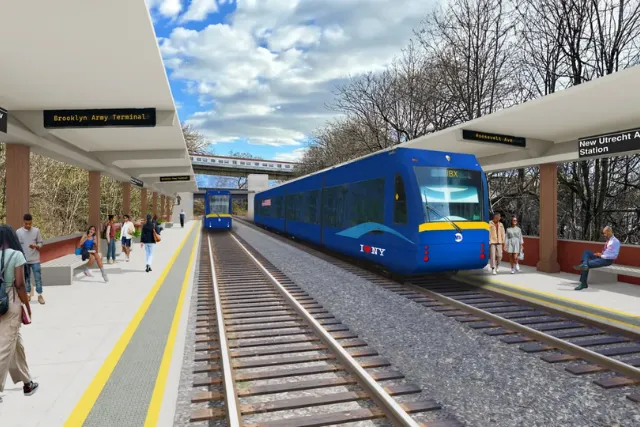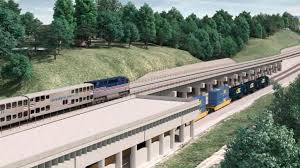
New York City — The long-anticipated Interborough Express (IBX) project, a transformative 14-mile light rail line designed to directly connect Brooklyn and Queens, has reached a pivotal milestone with the award of a $166 million design and engineering contract. The Metropolitan Transportation Authority (MTA) selected a joint venture between HDR (Omaha, Nebraska) and Jacobs (Dallas, Texas) to guide the project through its critical pre-construction phase, according to an announcement from New York Governor Kathy Hochul.

The IBX, part of the MTA’s 2025–2029 Capital Plan, carries an estimated total project cost of $5.5 billion. Once complete, the line will link historically underserved neighborhoods to each other and to major transit hubs, including the subway, bus network, and the Long Island Rail Road. Officials estimate it will cut travel times by up to 30 minutes in either direction for many commuters.
“Building the Interborough Express will transform New York, connecting communities like never before, shortening commutes and unleashing the full potential of Brooklyn and Queens,” Hochul said. “The IBX is the sort of project that future generations will describe as a no-brainer.”
The proposed light rail will feature 19 stations and connect to 17 different subway lines, running along an existing freight rail right-of-way to minimize land acquisition needs. This marks the first entirely new end-to-end rapid transit line built within New York City since the IND Crosstown Line (now the G train) opened in 1937.
Hochul first introduced the concept in 2022, responding to data showing a decline in traditional Manhattan-bound commuting patterns. In April 2025, she committed $2.75 billion in state funding to the IBX, signaling strong political and financial support.

Under the new contract, HDR and Jacobs will focus on advanced engineering and system integration. Work will include designing communication and signaling systems, rail vehicles, and track layouts, as well as developing civil engineering plans for stations, retaining walls, bridges, operations facilities, and storage yards. This phase represents the final major preparatory step before groundbreaking.
Transit experts have highlighted the IBX as a model for repurposing underutilized freight corridors to expand urban mobility. The project aligns with broader state and city goals to promote public transit over private car use, reduce congestion, and cut emissions.
By strengthening east-west transit connections within the outer boroughs, the IBX could also stimulate local economic development, open access to job markets, and attract new investments in residential and commercial real estate near stations.
Construction is expected to generate thousands of union jobs and bring long-term operational employment opportunities. The MTA is also considering sustainable construction practices, including energy-efficient station designs and green infrastructure features to manage stormwater runoff.
If the project stays on schedule, formal construction could begin in the next few years, with completion projected before the end of the decade.
Originally reported by Julie Strupp in Construction Dive.